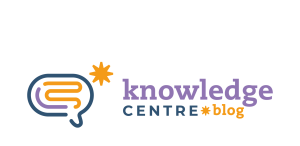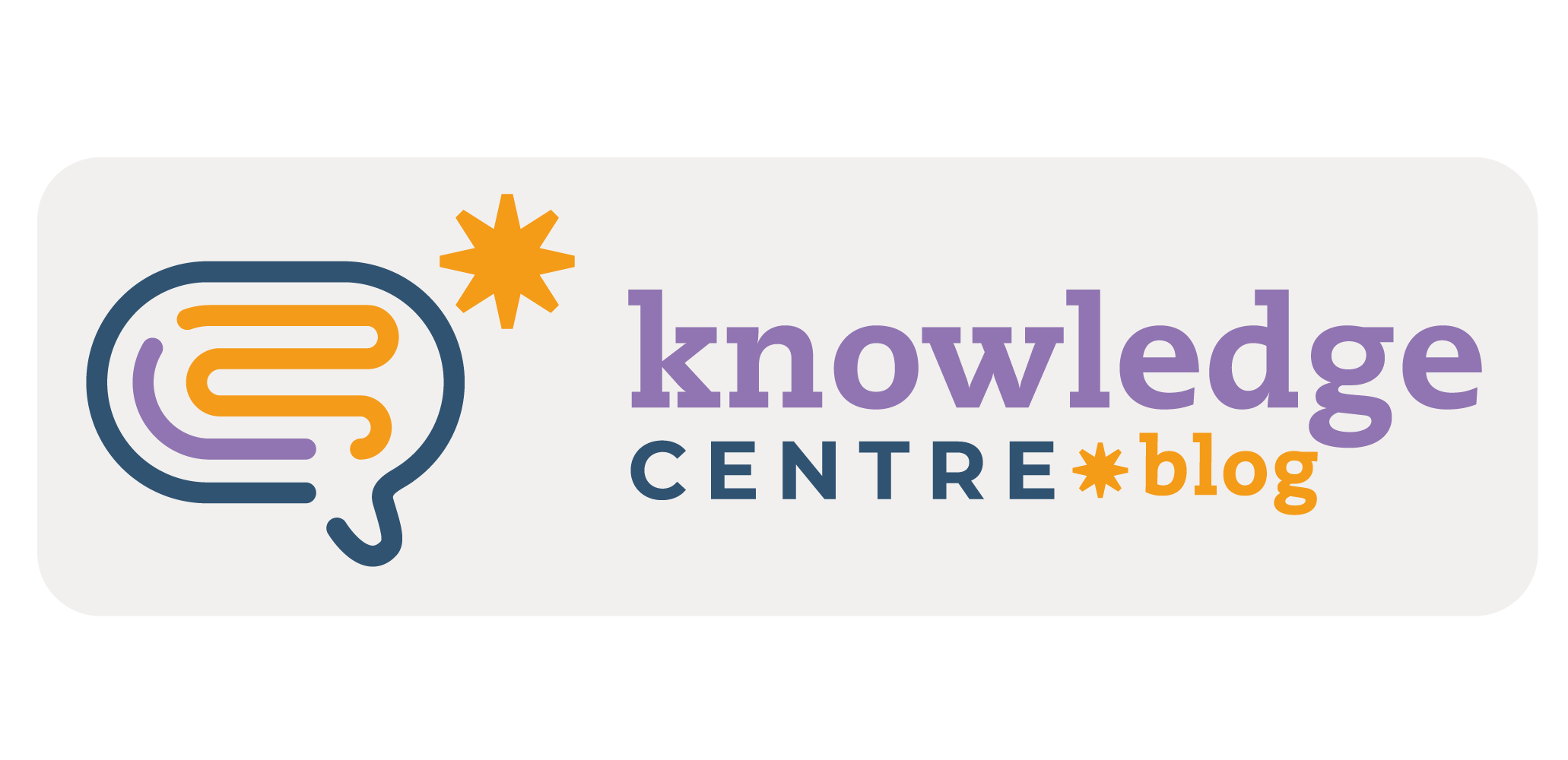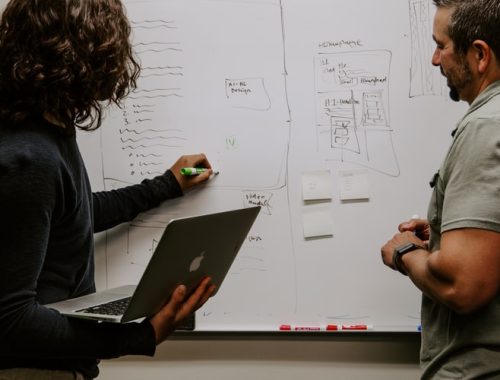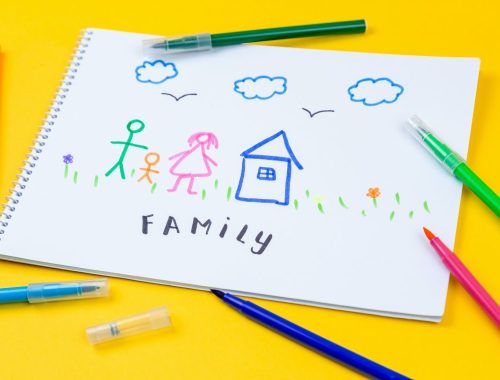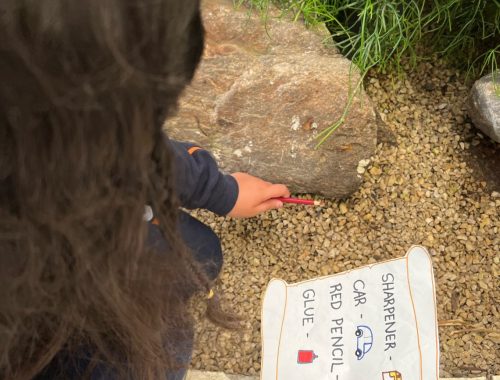
Stories have the power to engage our minds, challenge our beliefs, and ignite old memories so intensely that we crave to hear them retold over and over. There are several benefits to using them in the classroom, such as improving language skills, boosting memory, imagination, creative thinking, and cognitive skills, encouraging enthusiasm for learning, writing, and reading, and developing cultural and moral understanding.
What about teaching teachers how to tell stories in an appealing and entertaining way? I have good news for you. This is what this article is about. Believe me, anyone can be a very good storyteller. He or she needs to understand its key elements, to grab them, and call on her or his own: lights, camera, and action!
Once there is a story to tell, add to it the key elements: a visual portrait of the story, gestures, voice modulation, a surprise element, realia, and a plot twist.
Visual Portrait of a story
It is essential to read the entire story before telling it to have the whole picture and capture the possibilities for the storytelling, as represented in the figure below.

Figure 1: Visual Portrait of a Story. From Digital Storytteling in the Classroom: New Media Pathways to Literacy, Learning, and Creativity by J. Ohler, 2008, Thousand Oaks: Corwin Press.
Gestures
A powerful way to convey emotion in a story is through the use of body language. To make the most of it, take into account gestures, posture, facial expressions, and eye contact. With gestures, it is possible to illustrate point of view, emotions, and create visual images.
Voice modulation
A way to grab the listeners’ interest is to modulate voice tone, volume, and pace. To show excitement, it is possible to say a phrase fast; to show suspense, make a pause; to call attention to something important, say it at a lower pitch and speed.
A surprise element
International School has in its materials a mystery bag—a bag to carry a mysterious object inside to be guessed by the audience. This is a great tool to use during storytelling. If the storyteller does not have this resource, he or she can simply ask: Do you know what or who appeared there? The question may vary. The idea is to make the audience guess a new element in the story.
Realia
It is an object of everyday life, it can be both physical and virtual. When it is brought to the storytelling, it helps students to make connections between the story and their own lives, and it makes the experience more memorable. To illustrate, there is a video about the story of the woman and the cook: https://youtu.be/oeZwjzt5adw?si=stQtGxWMsnP_2Mks.
A plot twist
It is something that was not expected in the story; it will change its course completely. So the storyteller has to involve the audience in this revelation; a pause is suggested before it.
There are a couple storytellers that, by modeling, can help us understand the elements of gesturing, voice modulation, and a plot twist, like in the video about how we’re going on a bear hunt story: https://youtu.be/0gyI6ykDwds
Why tell stories in the classroom?
Because as said before, stories captivate, evoke memories, while their use in classrooms enhances language, memory, creativity, and cultural understanding, fostering enthusiasm for learning and moral development. Giving a personal example, in first grade, my teacher told us the story of ‘The Steadfast Tin Soldier,’ using images that etched the tale into my mind. I know this story from that time until today. Teachers can use the power of storytelling to create long-term memories to help students learn better, among other benefits.
Please let us know about your impressions. Have you done any of these things or even something else? We would love to know your experiences with storytelling. Tell us in the comments.
References:
GARRETY, Cynthia Marie. Digital storytelling: An emerging tool for student and teacher learning. Iowa State University, 2008.
ROSEN, Michael; OXENBURY, Helen; ALDRED, Sophie. We’re going on a bear hunt. London: Walker, 1989.
By Cícera Santos
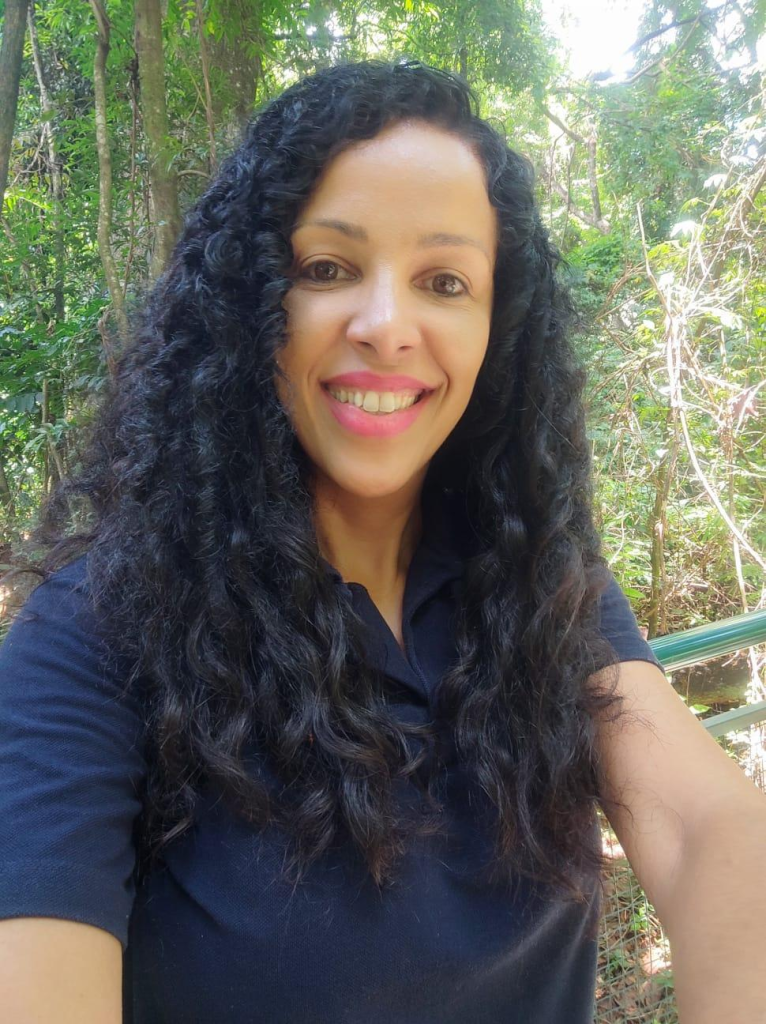
Cícera Santos has degrees in Language Arts and Pedagagogy. She has postgraduate degrees in Bilingual Education and Neuropsychopedagogy. She holds Cambridge certifications: TKT, TKT YL, TKT CLIL and CELTA. She has been working in the field of Education for 15 years.
